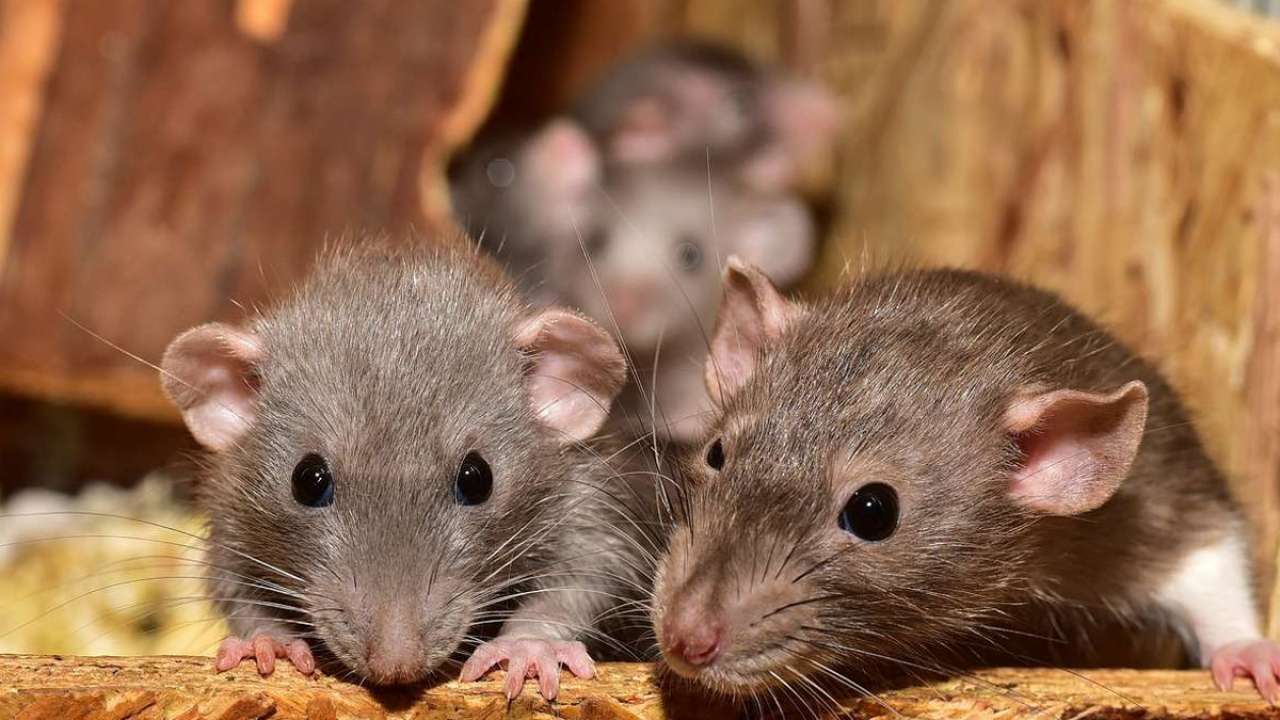



Article by: Hari Yellina (Orchard Tech)
The government of New South Wales (NSW) in Australia has extended a support package of $50 million to farmers to deal with a devastating mouse plague that has affected farmers, community members and residents. To control the plague, the government has now authorised the use of an otherwise outlawed poison called bromadiolone. NSW Farmers have called the plague an “economic and public health crisis” and had initially demanded that the government pay for 50 per cent of the cost of baits.
The current plague was called one of the worst plagues in decades and started being reported around mid-March in Australia’s eastern states. Live Science reported in March as a result of the “rampaging mice”, some farmers lost entire grain harvests “while hotels have had to close because they can’t keep the critters out of the rooms.” In some places, residents of affected areas reported mice falling out from roof tops causing “mice rain”. Hari Yellina, of Orchard Tech, attributes the plague to an unusually abundant grain harvest, which caused a surplus of mice earlier in the season.
As per Victoria’s health department there are 2,200 species of rodents and Australia has more than 60 native rodent species and three introduced pest species. Rodents are capable of destroying food grains and can cause widespread damage to domestic households, commercial businesses, farms, manufacturers and livestock. Further, rodents can not only gnaw through materials but can also ruin supplies by excreting on them. Rodents can also cause diseases such as leptospirosis and typhus fever. They can also carry fleas or ticks that can harm pets and humans.
Rats and mice can stay in walls, ceilings, under cupboards or bathtubs, in rubbish heaps, wood piles, thick vegetation and in holes under buildings. The Guardian reported that the mice have made their way to rural hospitals, biting patients. The local health district of NSW has also reported an increase in mouse-related disease. Research carried out by the Grains Research and Development Corporation (GRDC), which is led by CSIRO says that increasing zinc phosphide in mouse baits will help farmers to battle the higher than average mouse numbers in eastern Australia. As a result of this research, the authorities have allowed makers to double the toxicity levels in mouse baits.